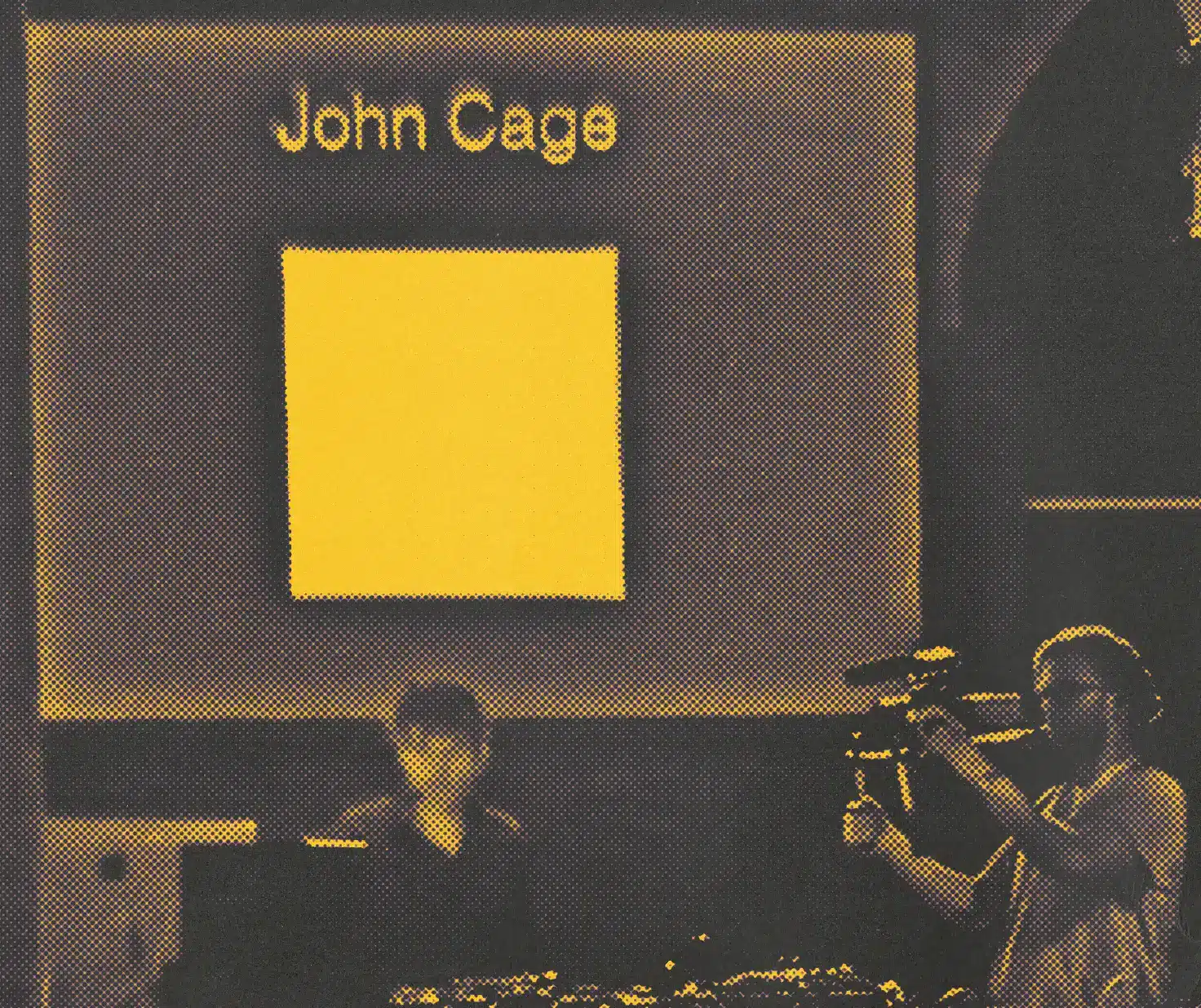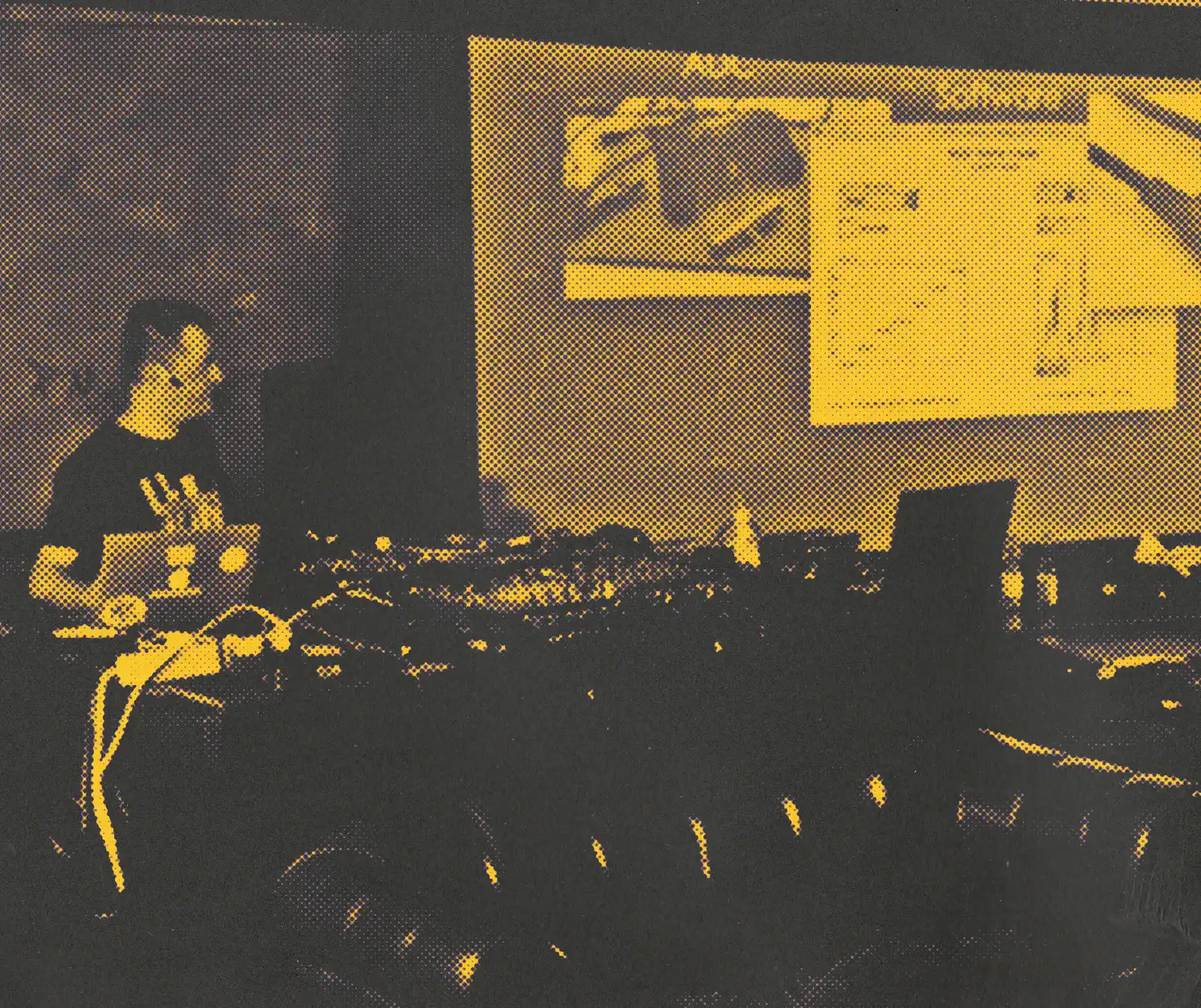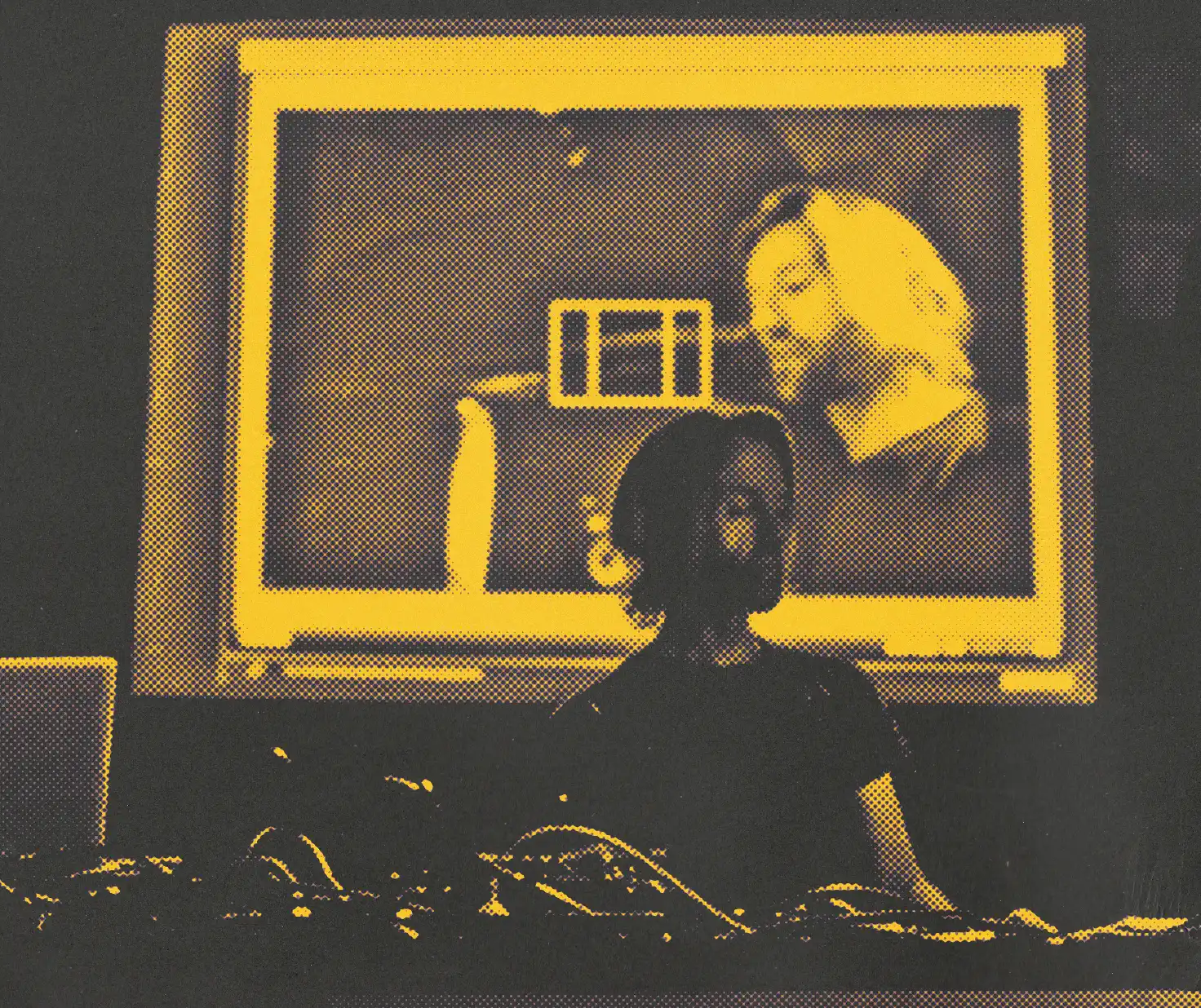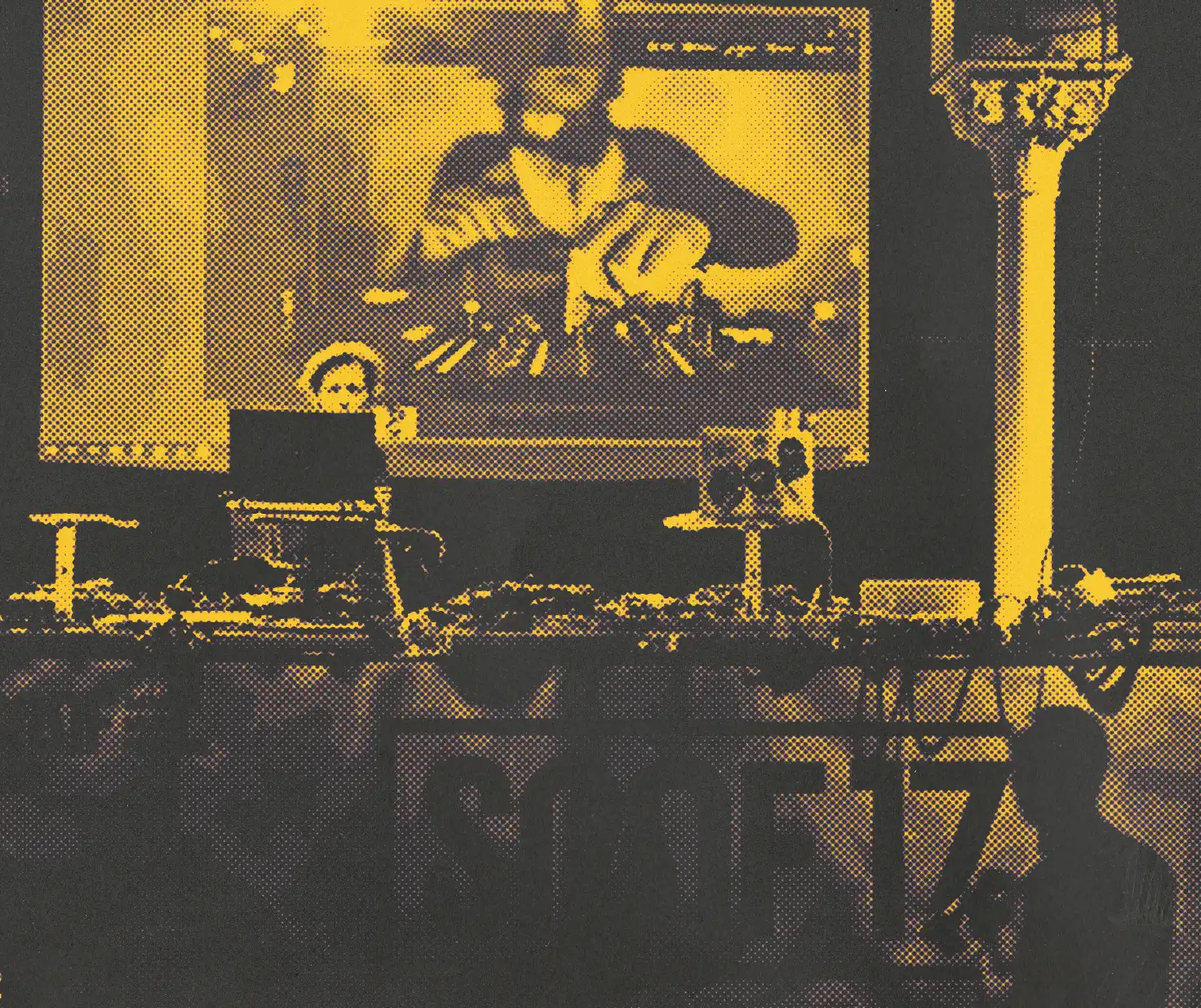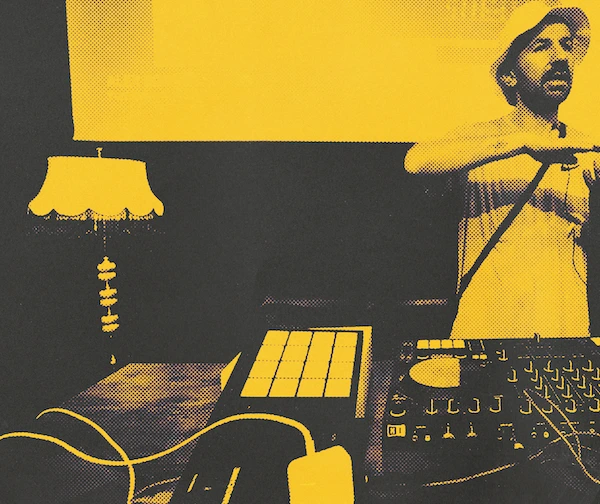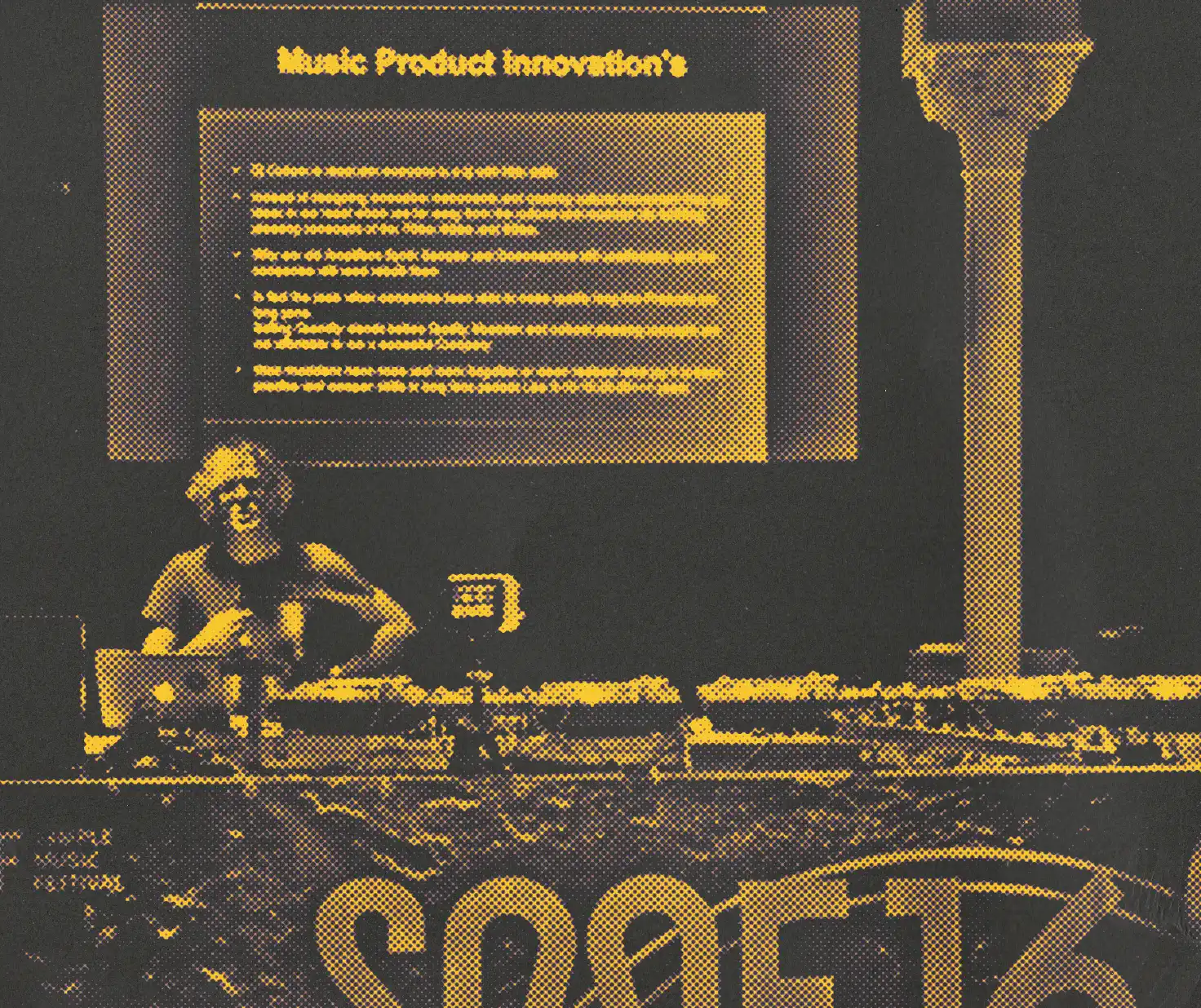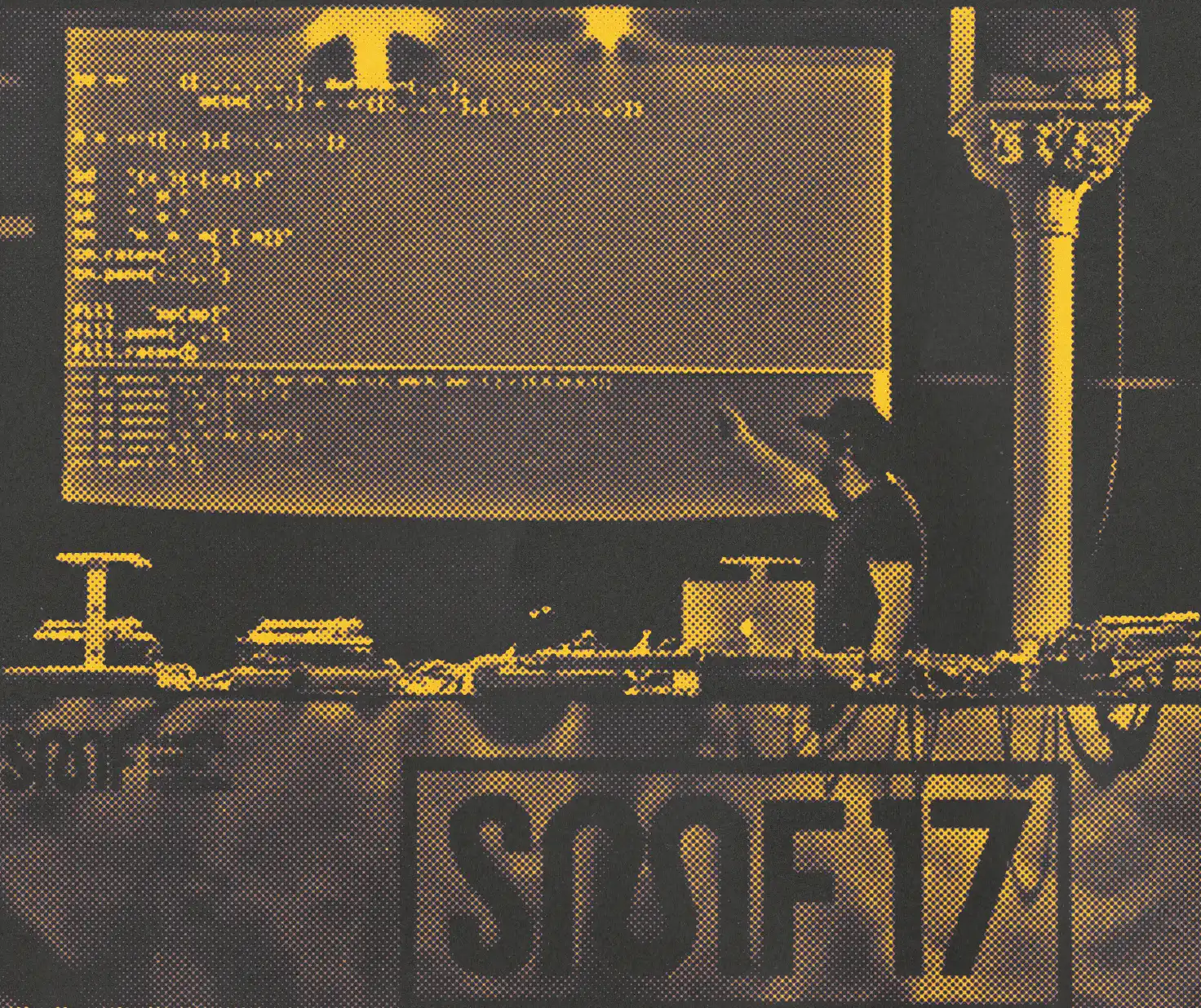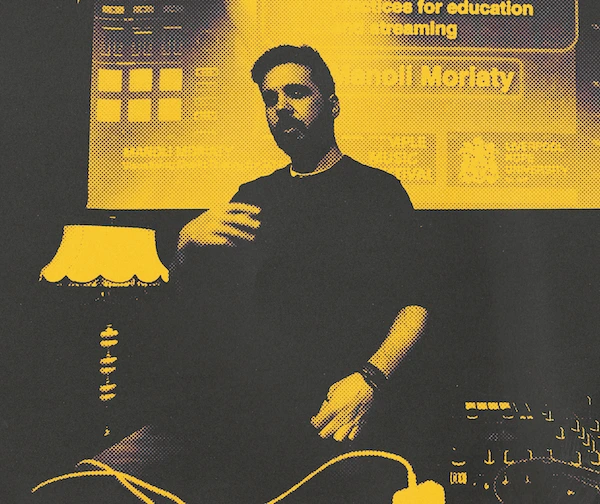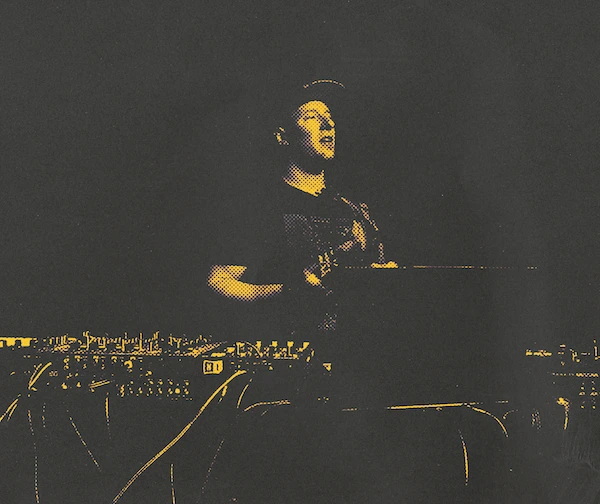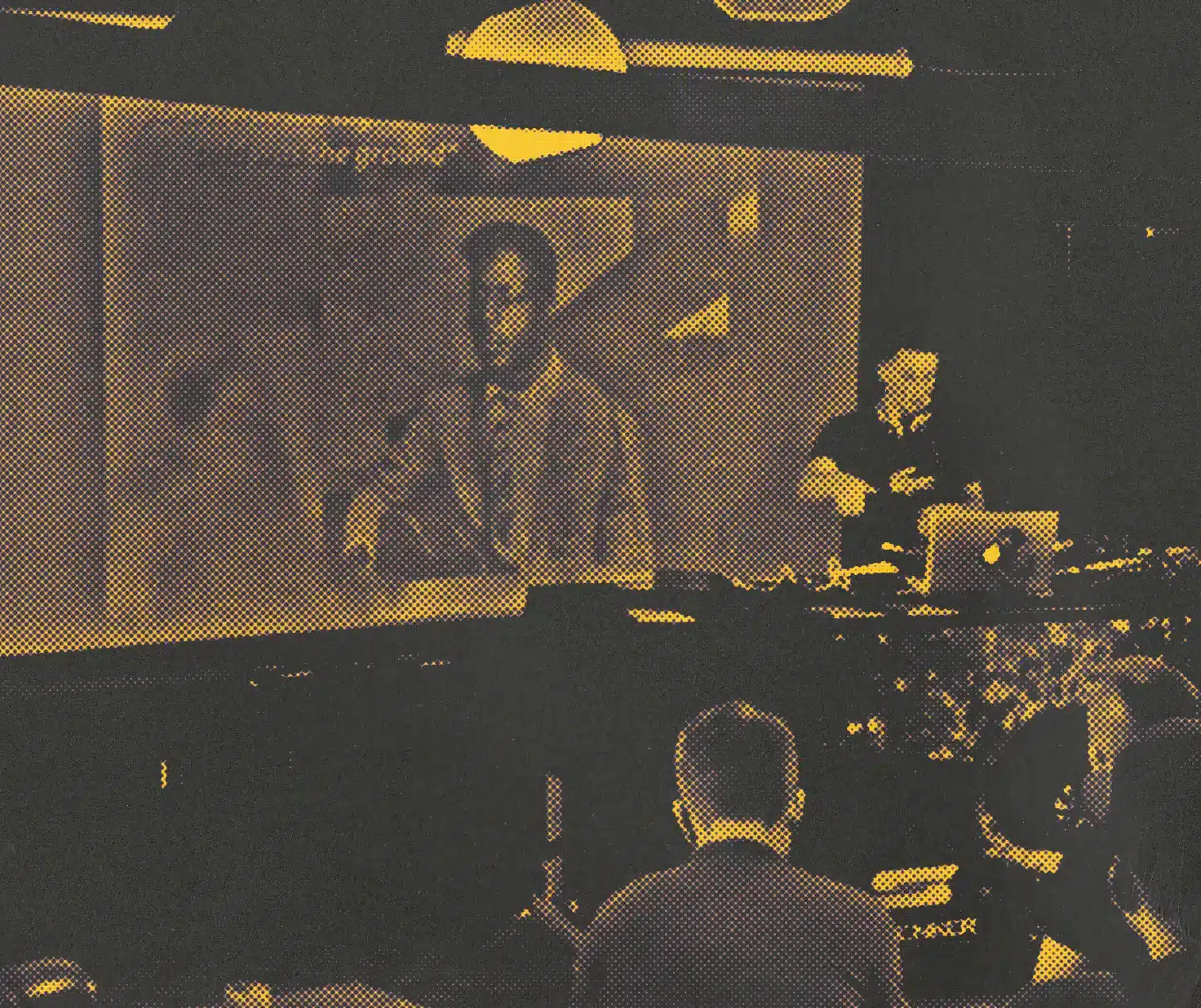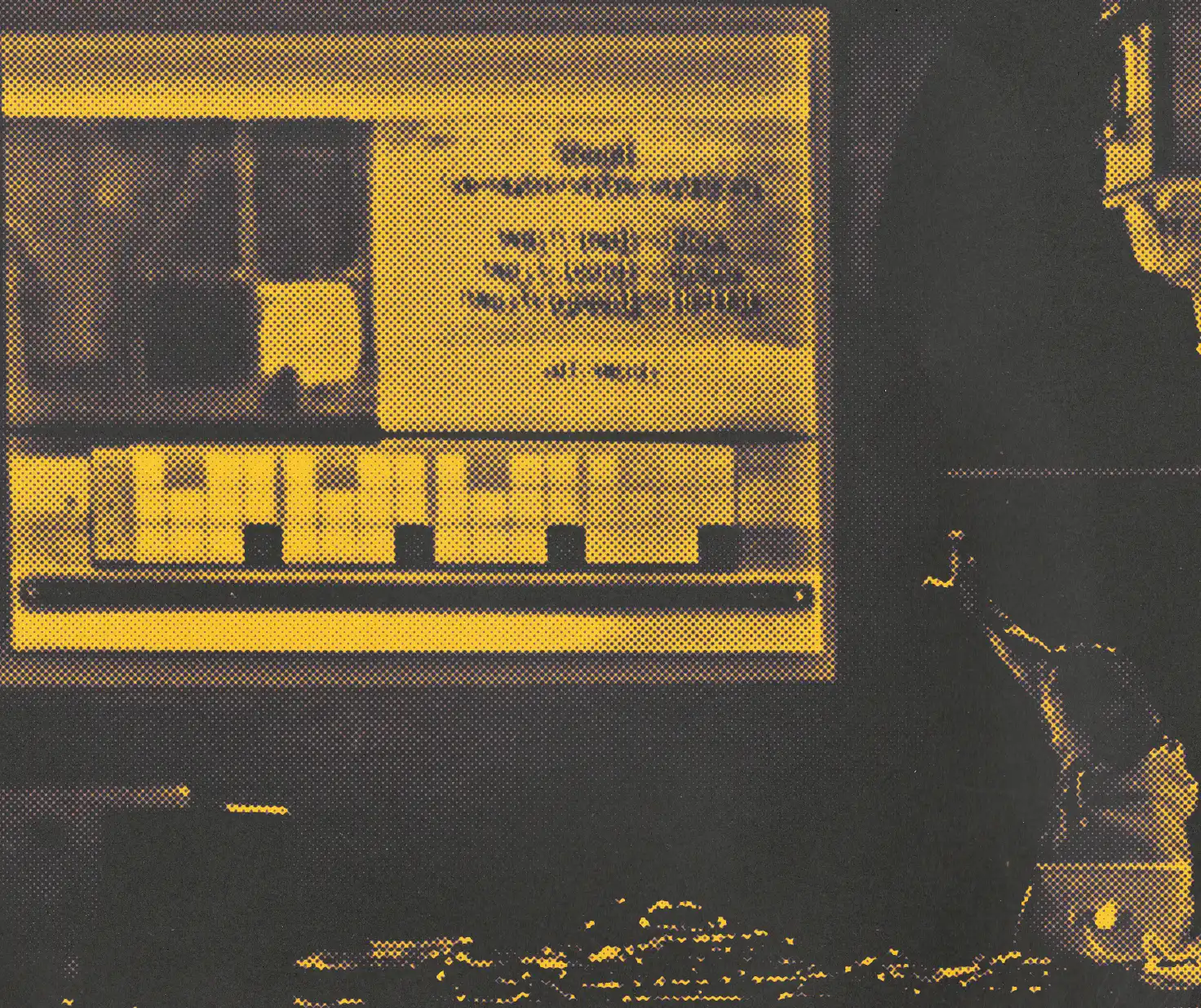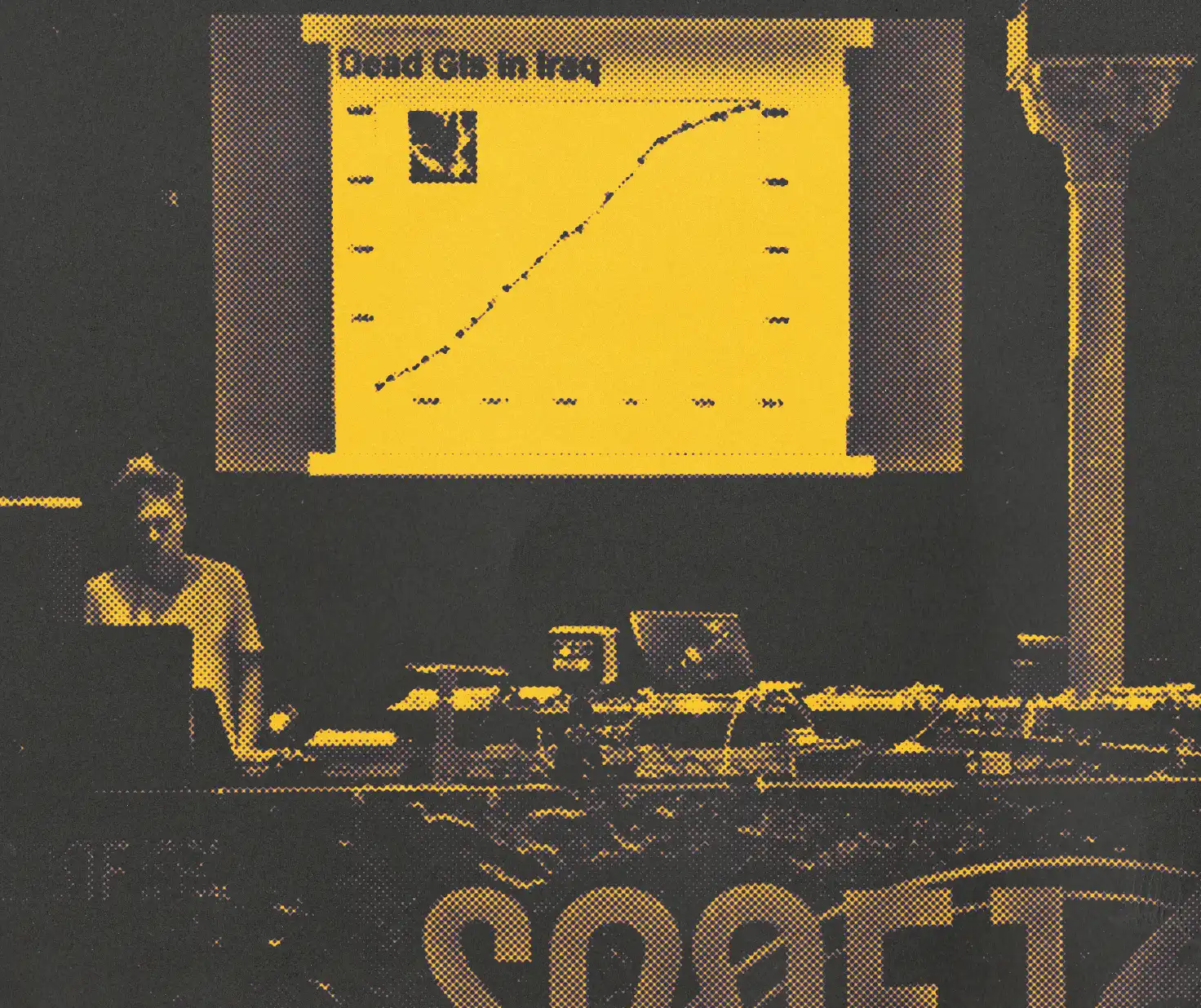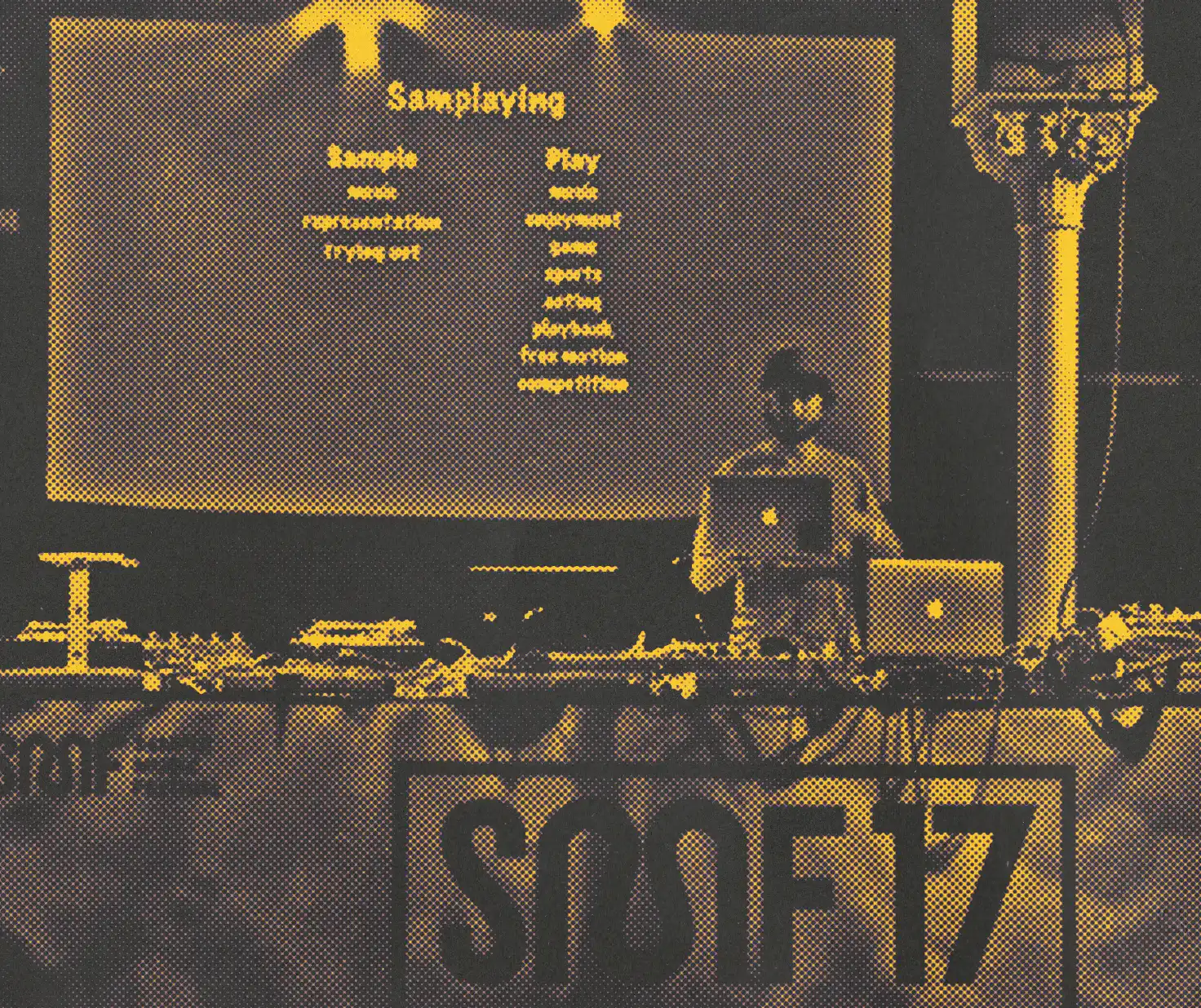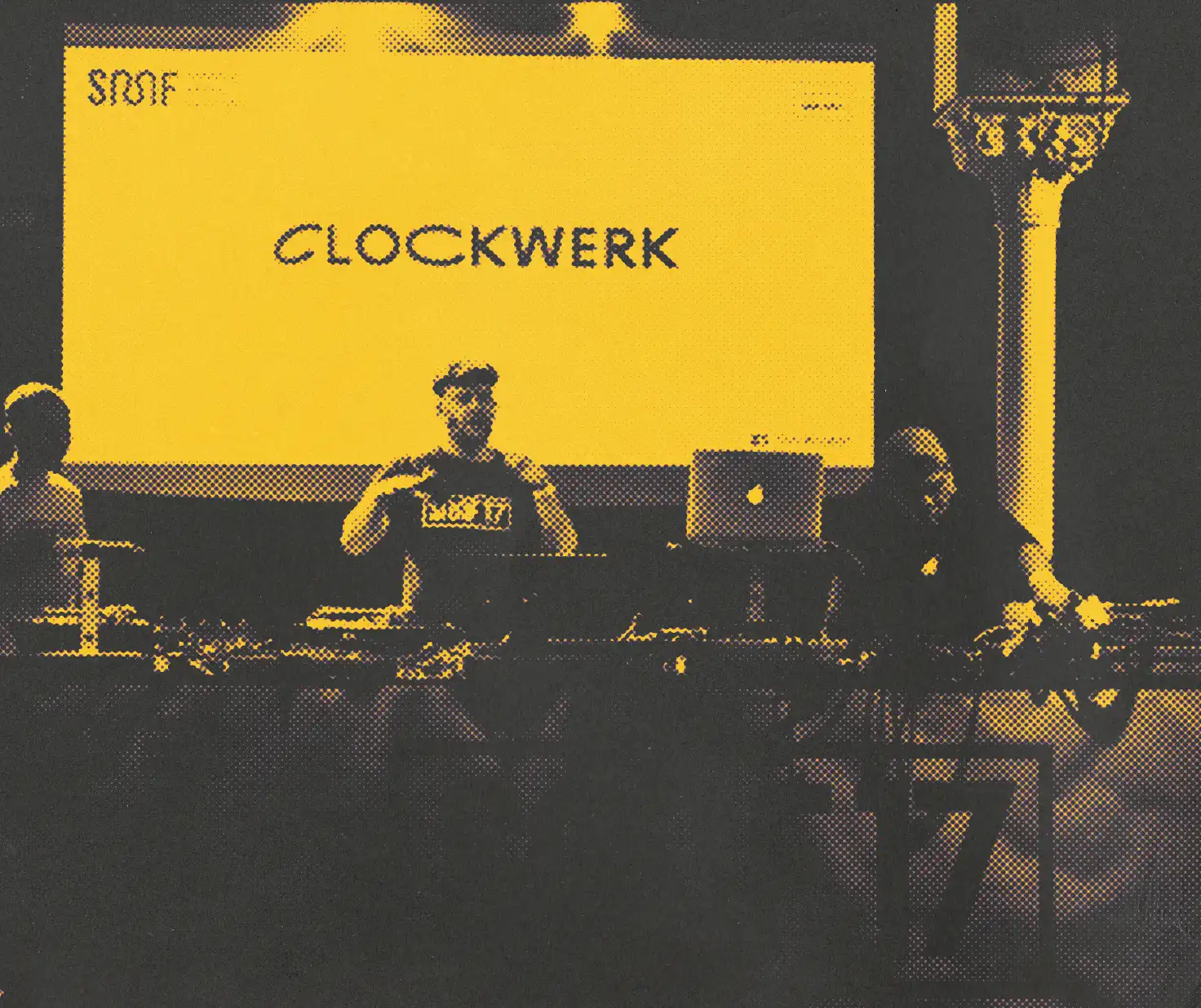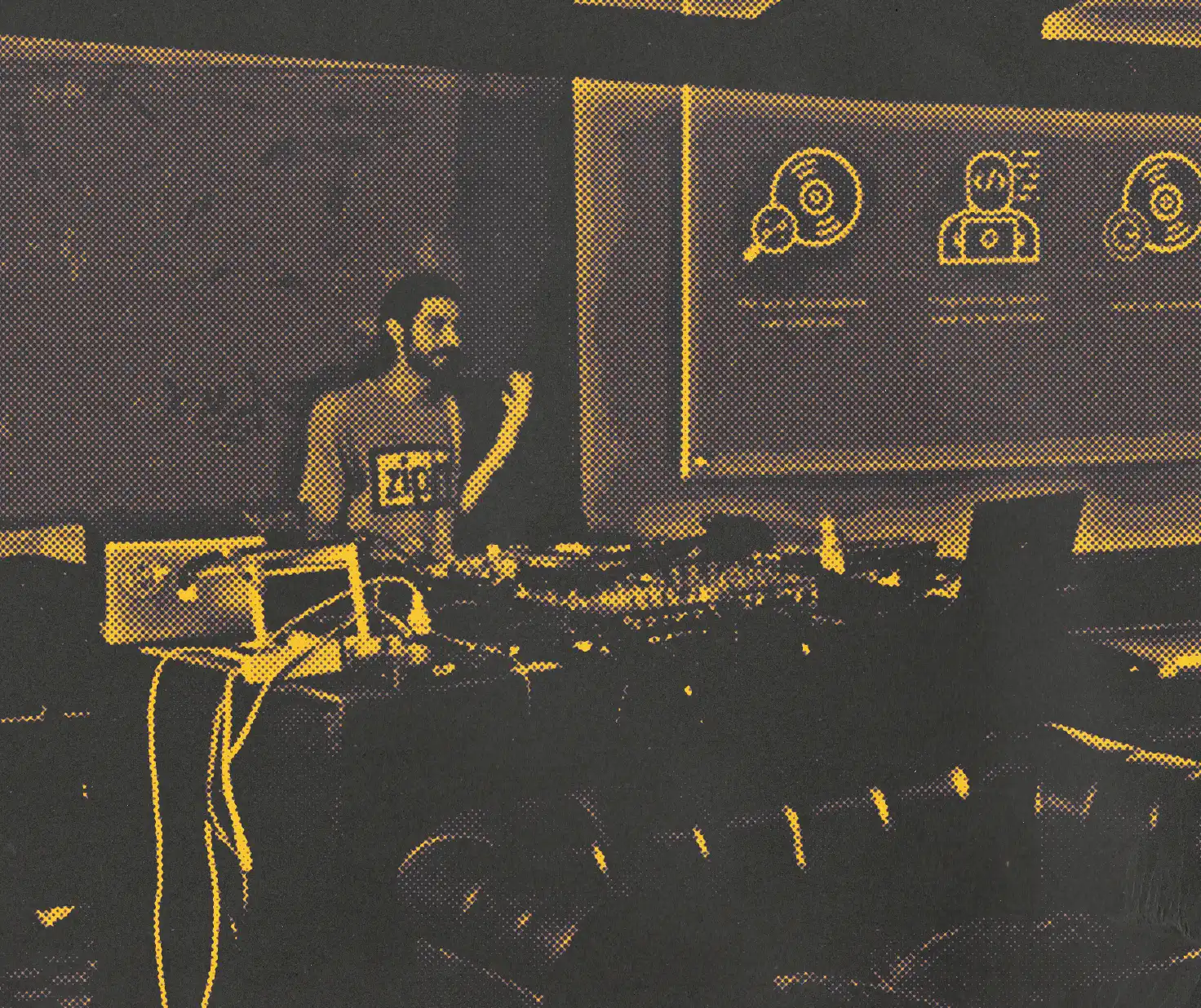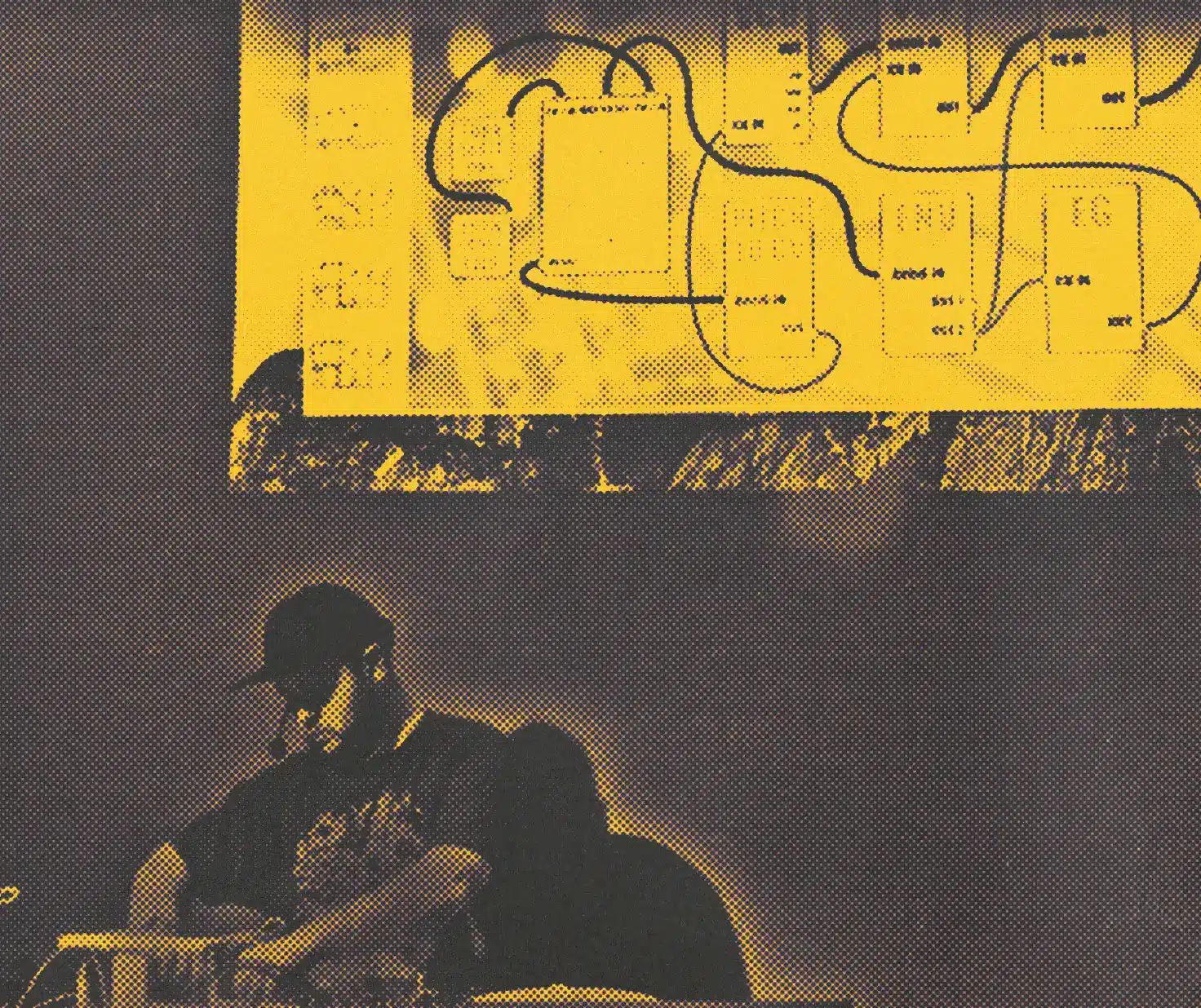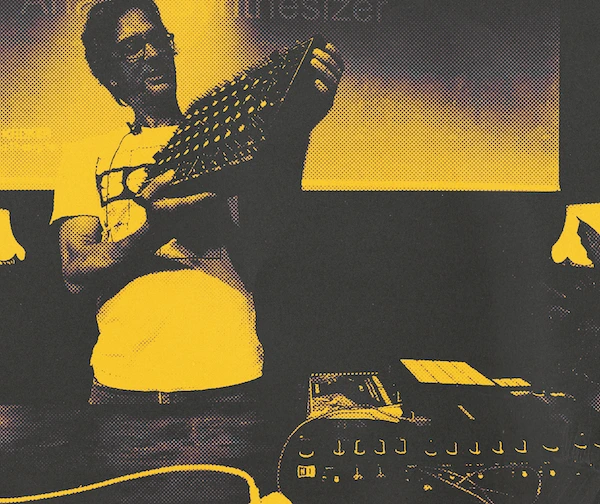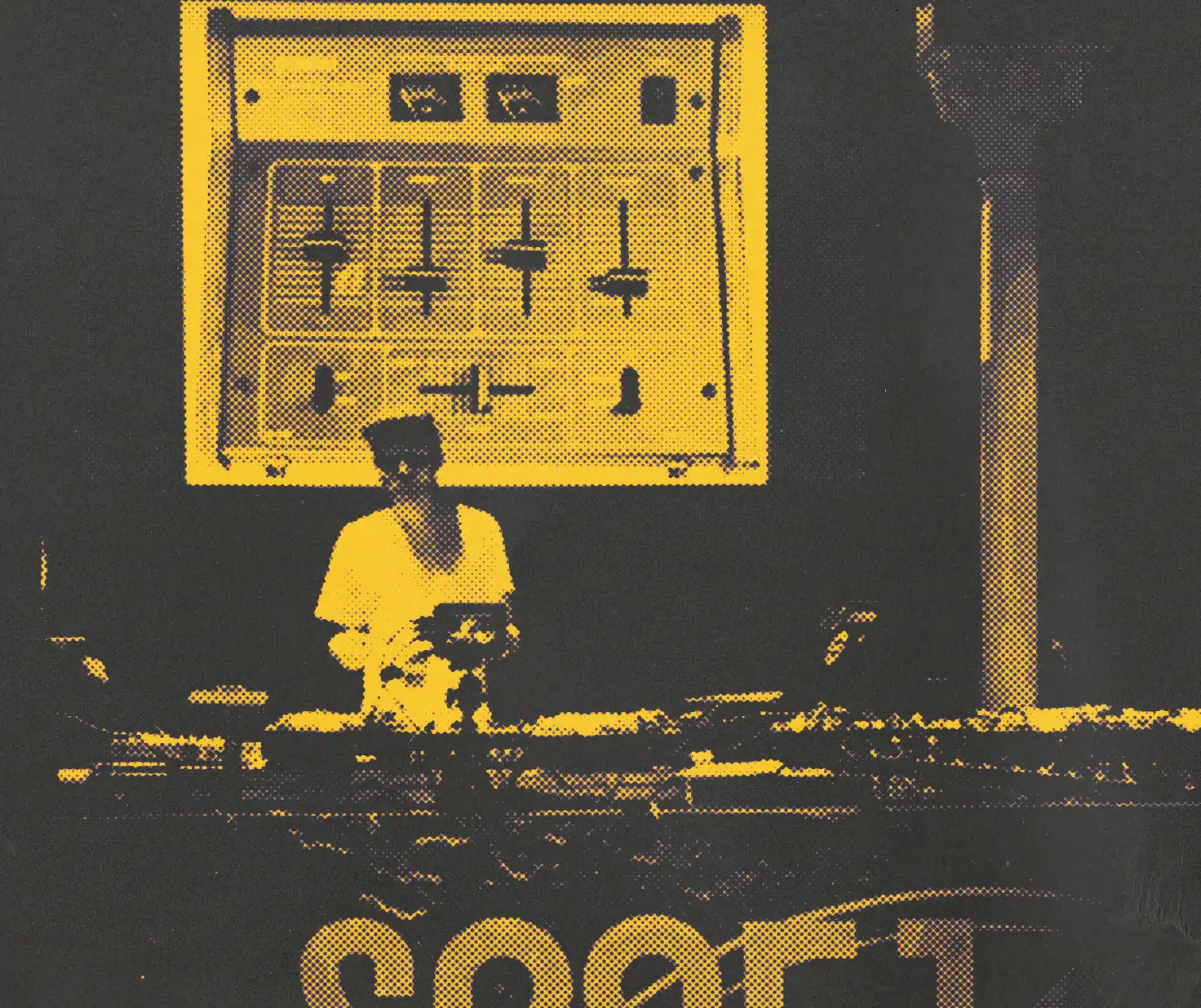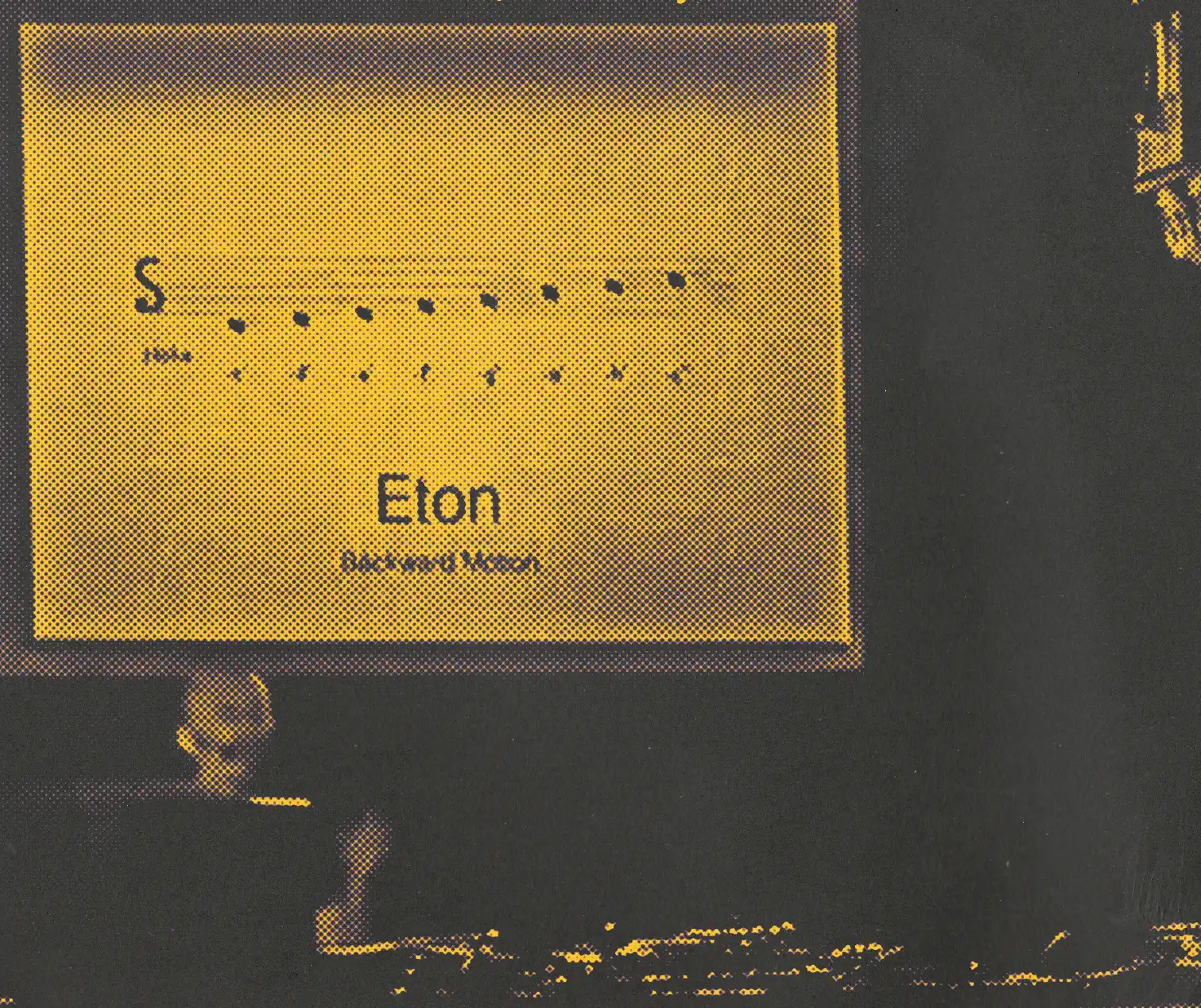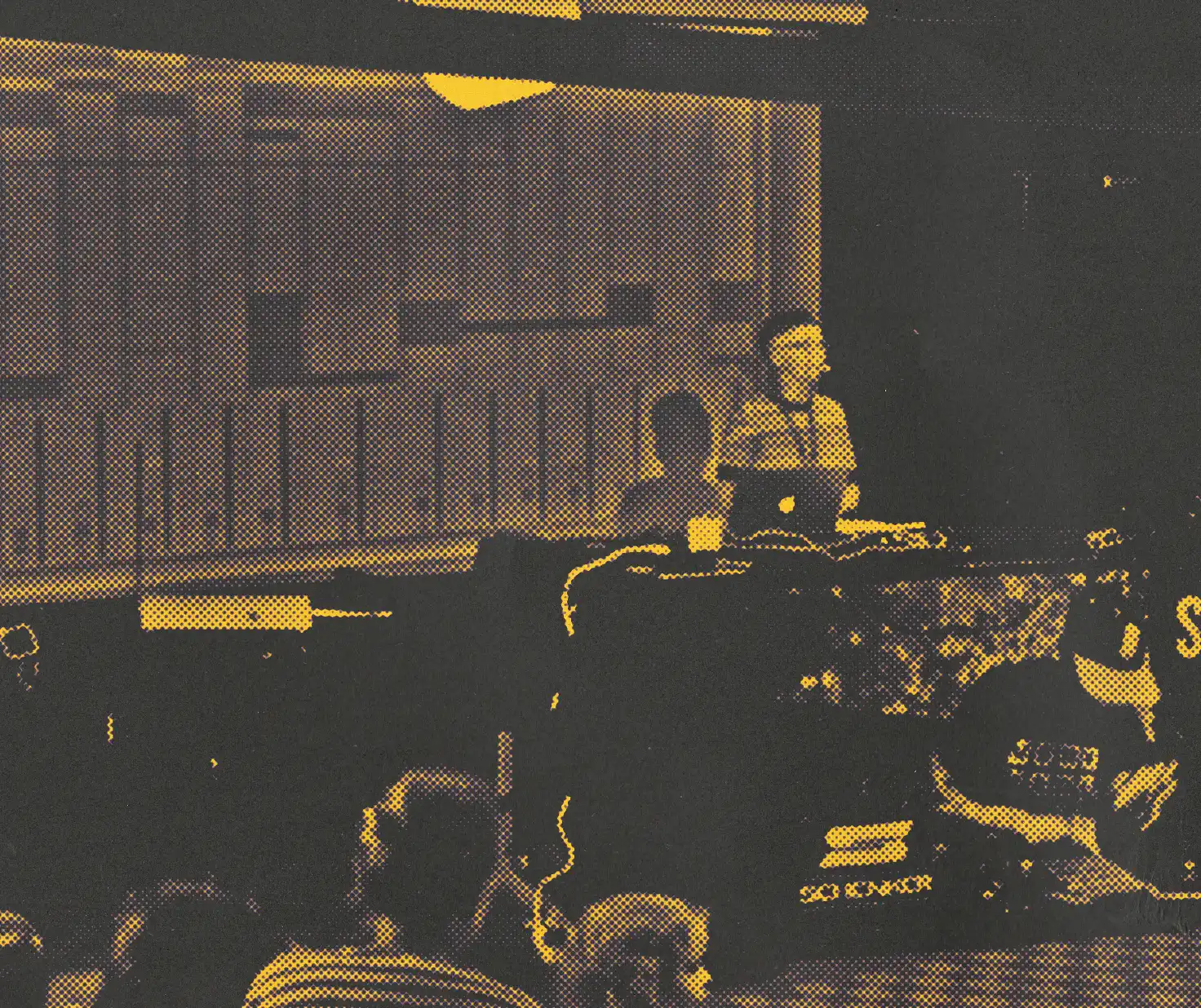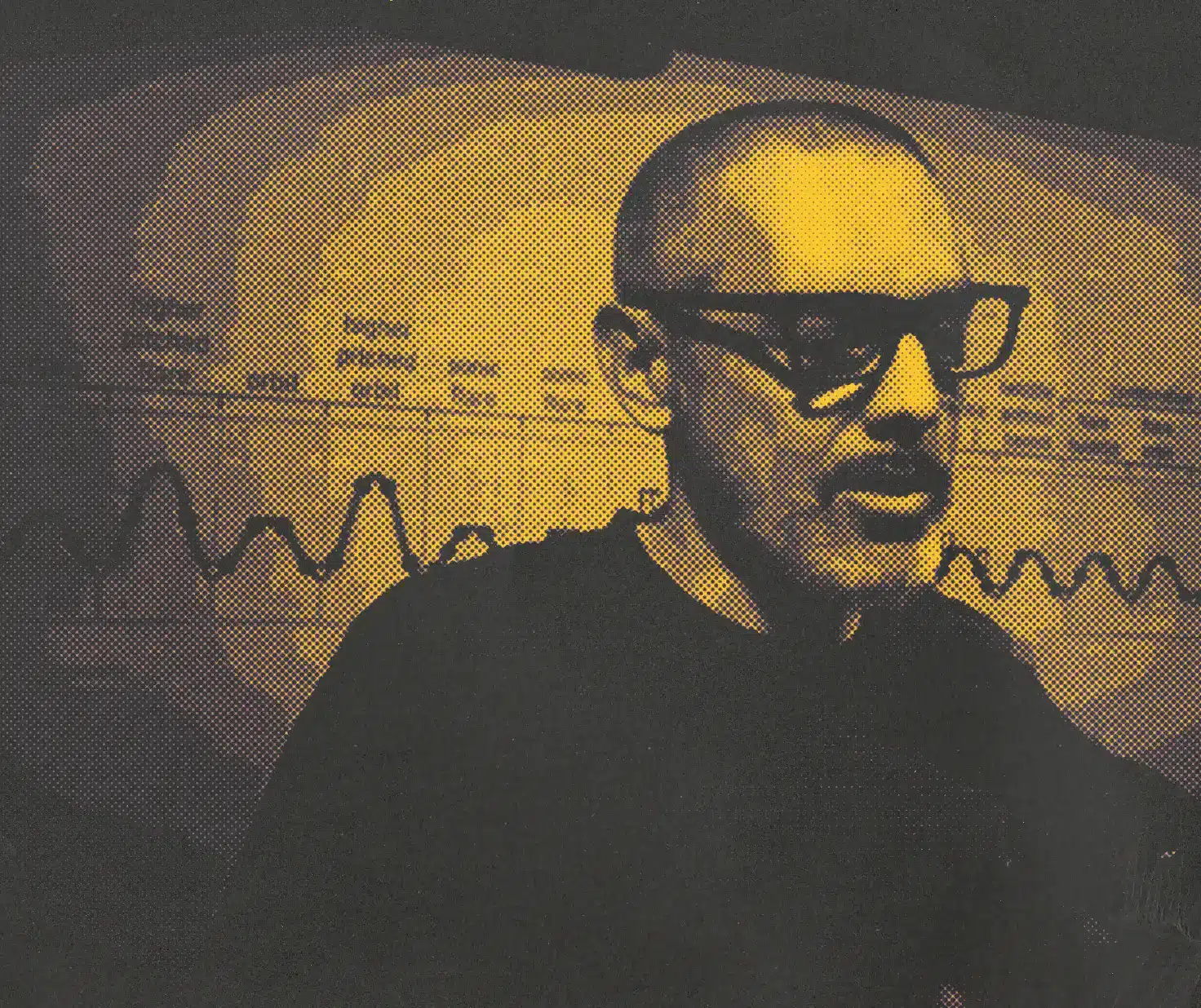- Location: GRETCHEN / Berlin
- Symposium: 2016
- Event: Sample Music Festival
- Topic: Sampling
Sampling has been an important part of the music industry for decades. The term sampling came into use in the late 1960s when famous record producer Herbie Hancock used samples of tracks from different songs to create a distinctive fusion of funk, soul, jazz, and hip-hop. In the early years of sampling, producers had to record a sample onto an open-reel tape machine, tape it onto a record player, and then re-record it back into the multitrack.
In 1986, a breakthrough in sampling technology occurred when the first digital sampler was invented. This enabled producers to store a large number of samples in small digital format, making it easier to access and manipulate. Since then, sampling technology has continued to evolve and become more sophisticated. In the 1990s, the software-based samplers allowed producers to manipulate samples and create new songs without needing access to expensive and bulky hardware.
Johannes Kreidler, a German composer and concept & media artist, held a lecture at the Sample Music Festival 2016 and examined what can be artistically achieved with and about sampling and all connected matters - especially handling with the formalism of GEMA (german association for musical performing and reproduction rights). Kreidlers works have been featured at numerous international music festivals, including the Donaueschingen and Darmstadt festivals, Ultima Festival Oslo, Musica Strasbourg, Gaudeamus Music Week, and the Huddersfield Contemporary Music Festival. Johannes Kreidler lives in Berlin. His music usually employs computer-assisted processes and electro-acoustic elements.

